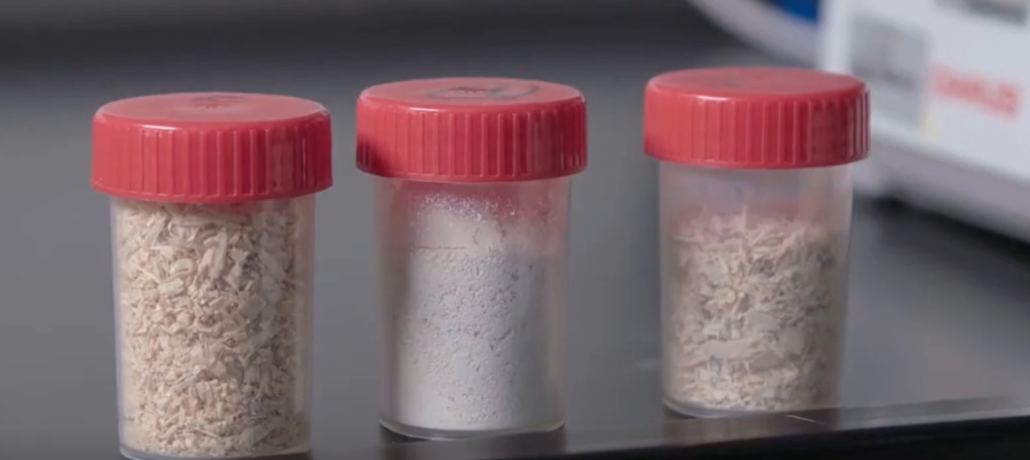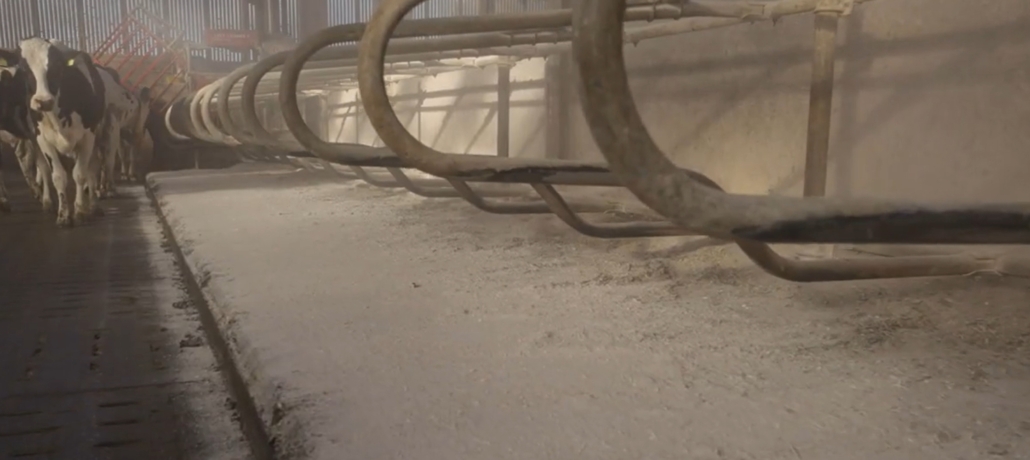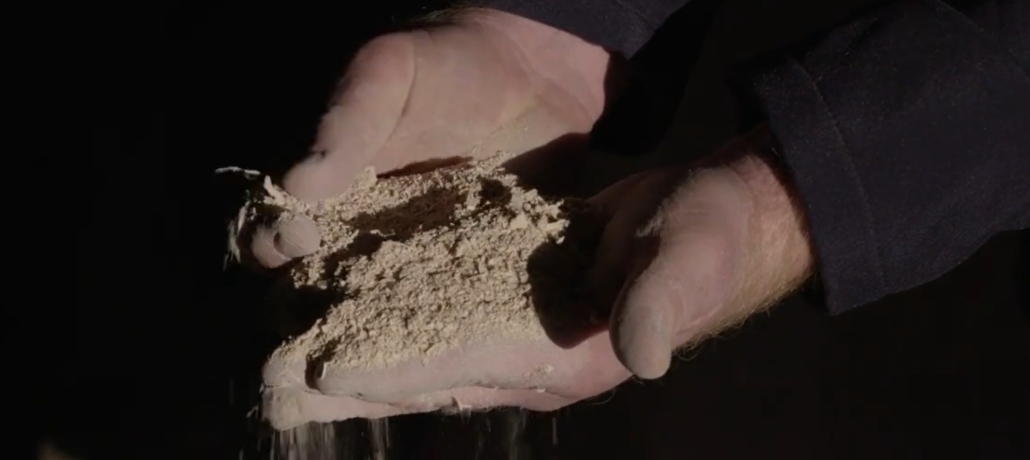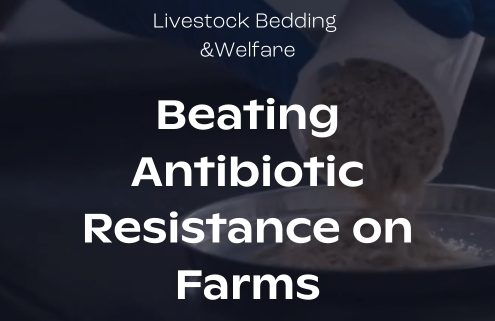Beating Antibiotic Resistance on Dairy Farms: Is Hygiene Your Best Line of Defence?

As any dairy farmer knows, mastitis can disrupt output, quality and ultimately, profit – it’s an expensive and constant threat to herd health and milk quality. But across the board, whether in human or veterinary medicine, antibiotics are increasingly being looked at as a last resort rather than a quick fix, due to the increased prevalence of antimicrobial resistance (AMR). So how can we all help to combat antibiotic resistance on dairy farms?
We’re all being urged to use fewer antibiotics. But how do you manage bacterial infections like mastitis without tubing and anti-inflammatory injections? The truth is, they’re still very much required, but by focusing on prevention rather than treatment it can reduce reliance on antibiotics whilst preventing disruption and lowering vet costs.
What Is Antimicrobial Resistance – and Why Should You Care?
AMR happens when bacteria evolve to survive antibiotics. This makes infections harder to treat in both animals and humans.
Similar resistances have been known to happen across sectors, with farmers in England, Scotland and Wales increasingly aware of herbicidal resistance within Blackgrass and the difficulties this can cause when trying to eliminate the problem.
In the dairy sector, the overuse of antibiotics to treat conditions like mastitis is contributing to a rise in resistant strains such as E. coli, Pseudomonas aeruginosa, and MRSA – all of which were isolated in our farm trial.
These bacteria are showing increased resistance to some of the most important drugs used in human medicine, including penicillin, third-generation cephalosporins, and vancomycin.

The Study: Three Farms, One Question
A number of years ago we tested the impact of Sublime, on three dairy farms:
- Farm 1: No disinfection in place.
- Farm 2: Using lime as a standard hygiene measure.
- Farm 3: Another untreated control farm.
We swabbed the cow housing units to determine the total viable count (TVC) of bacteria on the floor surfaces. The results before using Sublime were clear:
- Farm 1 (no disinfectant): 1×10⁵ bacterial cells/ml
- Farm 2 (lime-treated): 1.4×10⁷ bacterial cells/ml
- Farm 3 (control): 1.1×10⁷ bacterial cells/ml
Surprisingly, based on our data, lime on its own made little meaningful difference.
The Sublime Effect: 99.9%+ Bacterial Reduction
Two weeks after applying Sublime, bacterial counts plummeted on all three farms:
- Farm 1: 99.99% reduction
- Farm 2: 99.9% reduction
- Farm 3: 99.99% reduction

Even more impressively, after four weeks, these reductions were maintained – in some cases reaching 99.9999%. That’s a powerful result from a floor hygiene product alone.
What About Somatic Cell Counts?
Somatic Cell Count (SCC) is one of the key indicators of udder health. High SCCs lead to milk price penalties and signal the presence of infection.
We monitored SCC on each farm before and after using Sublime:
28-day average SCC reductions:
- Farm 2: from 184,600 to 128,600 (↓ 74%)
- Farm 3: from 331,000 to 237,400 (↓ 28%)
- Farm 1: from 345,000 to 208,600 (↓ 13%)
This isn’t just about numbers – it’s about fewer infections, fewer treatments, and healthier animals.
Hygiene vs. Antibiotics: A Smarter Strategy
Our study confirms that good hygiene directly reduces the bacterial pressure that leads to mastitis. This means fewer infections and a reduced need for antibiotics – the cornerstone of responsible farming in the age of AMR.
By reducing environmental pathogens in cow housing, you’re not only protecting your herd – you’re also playing a vital role in the long-term sustainability of animal and human medicine.

The Bottom Line
- Rethink reliance on lime – it might not be as effective as you think.
- Consider targeted hygiene products like Sublime with proven results.
- Reducing environmental bacteria can significantly reduce SCC and mastitis incidence.
- Less infection = less antibiotic use = a healthier herd and a more sustainable farming.
What this means for farmers
Combating antibiotic resistance on dairy farms doesn’t start in the lab – it starts on the farm. And sometimes, it starts with something as simple as what’s on your cubicles.
If you’d like more information on Sublime, the trial data, or how to implement a smarter hygiene protocol on your farm, just give us a shout.
Disclaimer: This is data obtained from a limited farm trial and while it supports the efficacy of the SUBLIME product, more detailed research is required and will be carried out to determine long-term effects of using the SUBLIME product.




